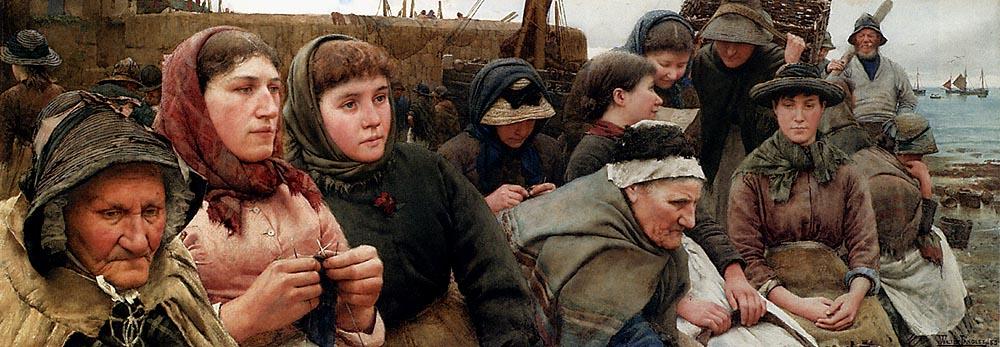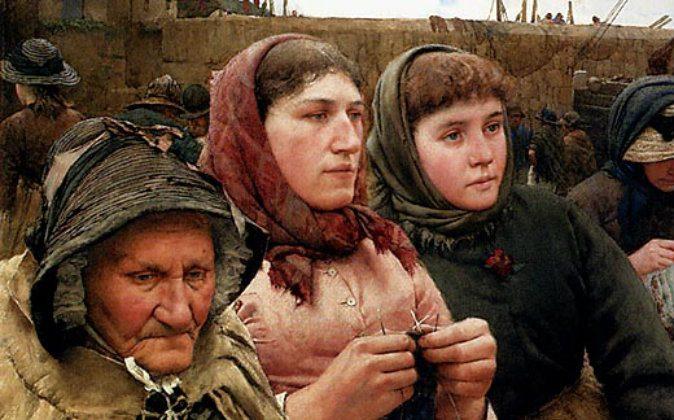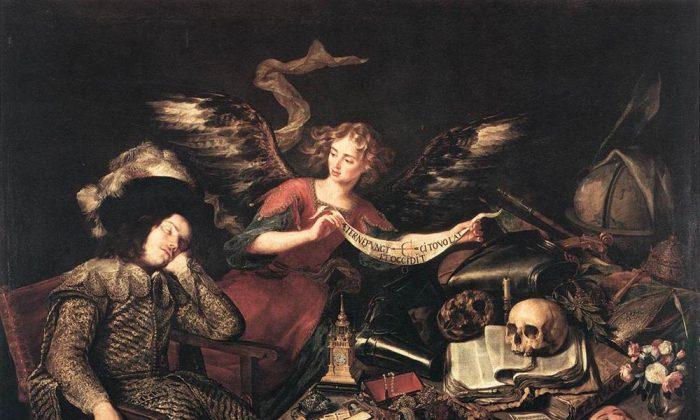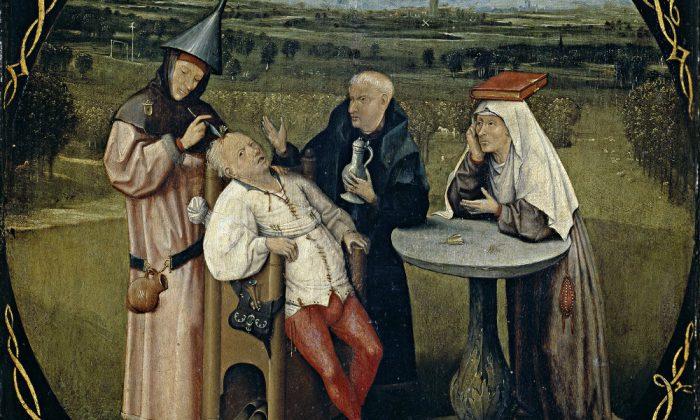So let us look at what was actually being done by academic artists of the late 19th century. In fact, it is in the realm of human dignity wherein one finds the truly prodigious accomplishments of the writers and the artists of that time.
William Bouguereau, who was considered perhaps the greatest living artist in France during his life, is my favorite example, since so many other artists emulated and adored his work and contribution to his field.
He was accused of just working for his bourgeois clients, but in truth he prided himself on being able to paint anything he wanted to and the demand for his work was so great that most works were sold before the paint had finished drying.
He was a workaholic painting 14 to 16 hours a day. He took a direct personal interest in his employees, his students and his colleagues and was widely known to help almost anyone who was in need who touched his life.
He was beloved by them all. I have read many letters written to him by these people. We even have some of the original documents in the Bouguereau Archives. One very touching one comes to mind written to him by one of the elder masters of the period, Paul Delaroche.
Born in 1797, Delaroche was 28 years his senior, but in our letter he thanks his good friend Bouguereau for having leant him funds, admits to having squandered some earnings with which he might have paid him back sooner, and thanked him for permitting him more time to repay him.
Bouguereau also played a central role in opening up the Paris Salon and the French Academies to women artists. Starting in 1868 he along with Rudolph Julian, Jules Lefebvre, Gabriel Ferrier and Robert Tony Fleury, all amongst France’s most successful and famous painters, started holding regular classes and critiques for women. By 1893 all major schools had courses for women, even the much renowned Academie Francais.
Bouguereau was born in 1825, after the storm of the American and French Revolutions, two events more than any others which embody the breakthroughs of Enlightenment thinking. Bouguereau and Victor Hugo stood at the top of the list of the leading artists and writers of their day, whose work was to codify those advances, and bridge the gap from centuries of human societies ruled by kings and emperors who dictated by divine right, to a civilization made of men and laws where governments could only gain legitimacy from the consent of the governed.
Let me quote from Alexis De Tocqueville’s Democracy in America, written in 1835-1840, where he states:
“The society of the modern world, which I have sought to delineate, and which I seek to judge, has but just come into existence. Time has not yet shaped it into perfect form: the great revolution by which it has been created is not yet over; and amid the occurrences of our time, it is almost impossible to discern what will pass away with the revolution itself, and what will survive its close. The world which is rising into existence is still half encumbered by the remains of the world which is waning into decay; and amid the vast perplexity of human affairs, none can say how much of ancient institutions and former manners will remain, or how much will completely disappear.”
It was not at all clear where we would wind up, but it was clarity that was needed and was essential if people were to organize their lives securely, for only a free and secure people can build a civilization fit for culture and the arts.
So it was the writers and artists of the first century of liberty and freedom, the 19th Century, that considered it their duty and responsibility to organize, codify, popularize, and protect the values, laws, and democratized institutions of society which would ensure the perpetuation of liberty; a way of life so recently come to the affairs of man. How they were to discharge these duties would surely impact and effect future generations perhaps for centuries to come.

“Waiting For The Boats” by Walter Langley (1852-1922) (Courtesy of Art Renewal Center)
This is Part 8 of a speech given by Frederick Ross at the February 7, 2014 Artists Keynote Address to Connecticut Society of Portrait Artists. Frederick Ross is chairman and founder of Art Renewal Center, www.artrenewal.org.





Friends Read Free